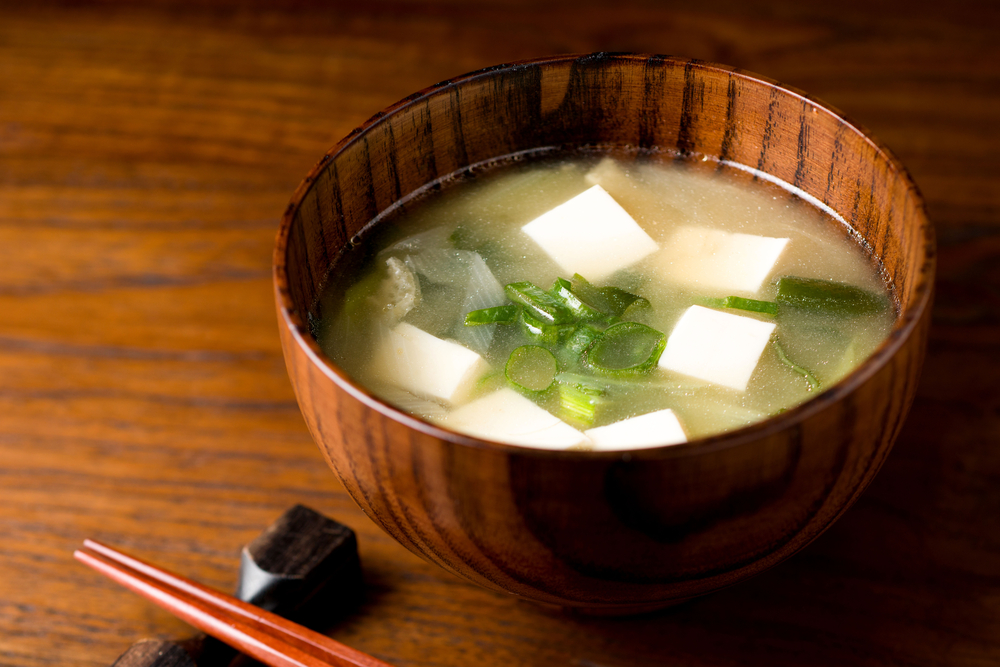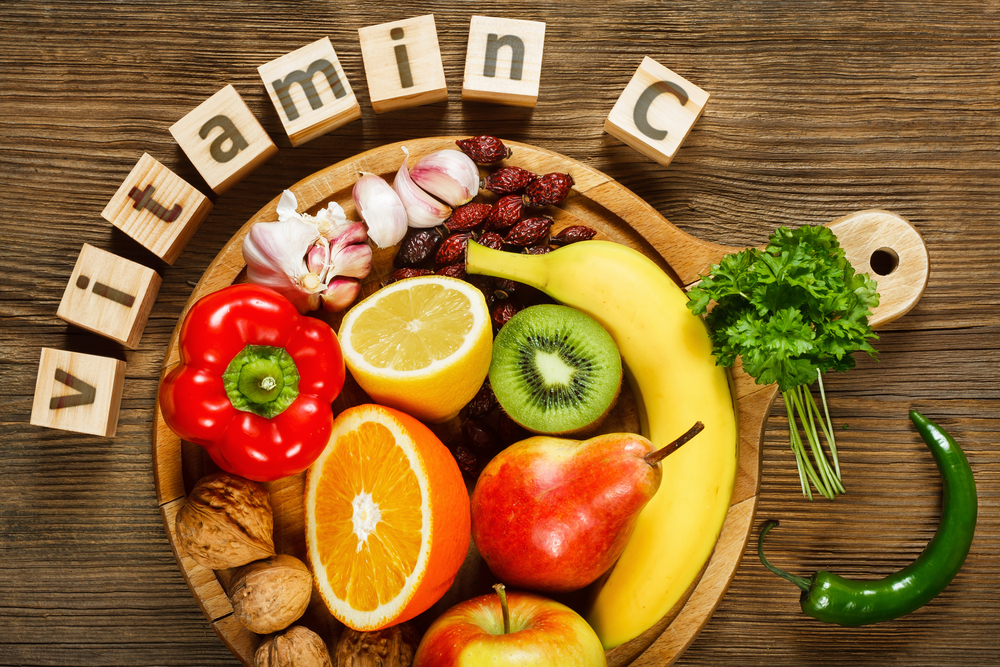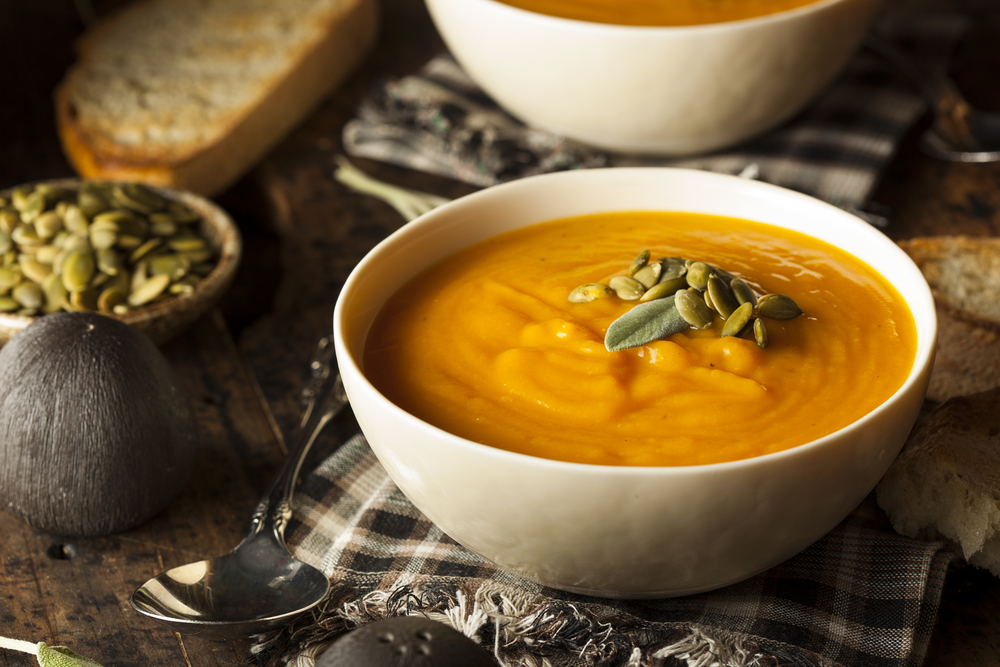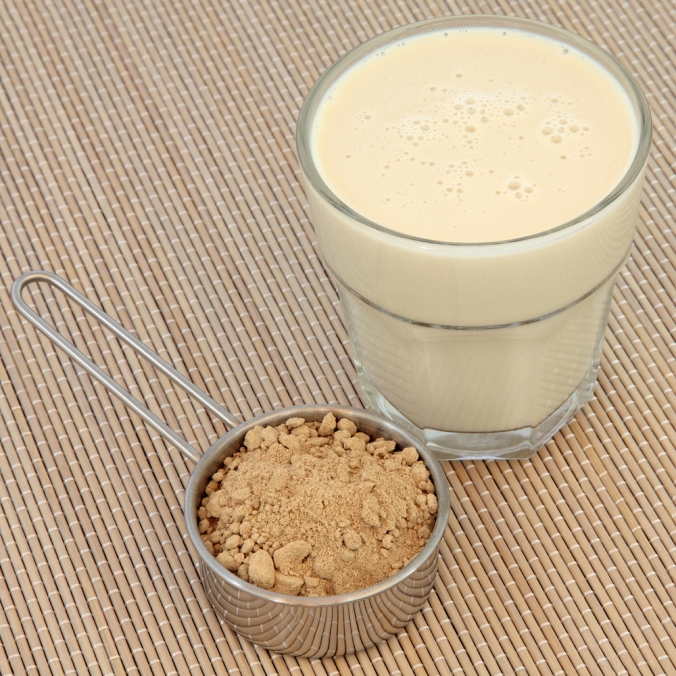
A happy tummy equals a happy life! We all know that if everything is working well with our digestive systems, we feel much better overall. From a nutritional perspective, we always refer to the gut as the second brain, such is its importance in overall health and wellness.
There are a wide range of foods that can help keep our digestive systems in good working order. Clinical Nutritionist Suzie Sawyer shares her five favourites.

Natural yoghurt
Natural live yoghurt is a great source of probiotics. Probiotics, or friendly bacteria as they are often known, are the microbes that live inside the gut and nourish the whole body. So much of what goes on in the body is influenced by the gut bacteria. Indeed, they are absolutely essential for the gut to function correctly and for the digestive system to move as it should.

The gut bacteria also help protect the gut from invading and unwanted bacteria, so they work as a great defence mechanism. They are also essential for a healthy immune system, for the brain, skin, and liver, to name but a few. Why not add a couple of tablespoons of natural yoghurt to your morning cereal, or bowl of fresh fruit? It can also be used in a wide range of dishes – it makes a good substitute for cream.
Bananas
Just like any living organism, the good bacteria inside us needs feeding too. And bananas are filled with prebiotic fibres that do just that. Essentially, prebiotics are non-digestible foods that stimulate the production of beneficial probiotics: they are its lifeblood.

Bananas are not only an easily transportable snack, but they’re also rich in vitamin B6, needed for energy production, and potassium, great for the heart. Their natural fibre will also help to keep everything regular too!
Garlic
This amazing plant has many claims to fame when it comes to gut health. Not only does it work as a prebiotic, feeding the beneficial bacteria, but it has wonderful antimicrobial and antibacterial properties. This means it can help see off any unwanted bacteria and yeast too. If you eat it regularly (or take it in supplement form) prior to a foreign trip, it can also help prevent traveller’s diarrhoea.

If that wasn’t enough, garlic is also great for heart, helping reduce blood pressure and keeping blood free flowing. Garlic can be added to many dishes, also enhancing their taste.
Miso
Made from fermented soya beans, miso tends to be used in sauces and marinades. However, miso does make a great soup too.

Fermented soya is a staple food in many eastern cultures where they seem to have better gut health. The key is the fermentation process as this activates many beneficial processes within the gut.
As another bonus, fermented soya products, including miso, are widely eaten by Japanese women, who have lower rates of breast cancer than in western cultures. This may be partly down to the isoflavones within the soya produce that helps balance oestrogen levels.
Olive oil
Whilst it’s not recommended to consume litres of olive oil, using it regularly in cooking and pouring over salads and vegetables is to be recommended.

Olive oil is rich in polyphenols, plant compounds that deliver so much love to the gut and overall health too. Polyphenols feed the good gut bacteria but also provide an array of antioxidants which help protect the whole body from nasty degenerative diseases.
Research has found that olive oil may reduce inflammation in the gut, which also helps with bloating and improving digestion generally.
FOR MORE GREAT NUTRITION AND LIFESTYLE ADVICE:
Sign up to receive our blog and get a weekly dose of the latest nutrition, health and wellness advice direct to your inbox.
For everything you need to know about vitamins, minerals and herbs visit our sister site Vitamin Expert – your essential guide to nutrition and natural health.
Follow us on Instagram @feelaliveuk for nutrition, lifestyle and well-being tips.
Visit us at www.feelaliveuk.com for the latest offers and exclusive Alive! content.
Follow and Chat with Suzie on Twitter @nutritionsuzie
All images: Shutterstock


















































